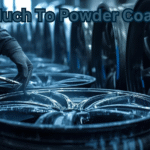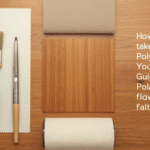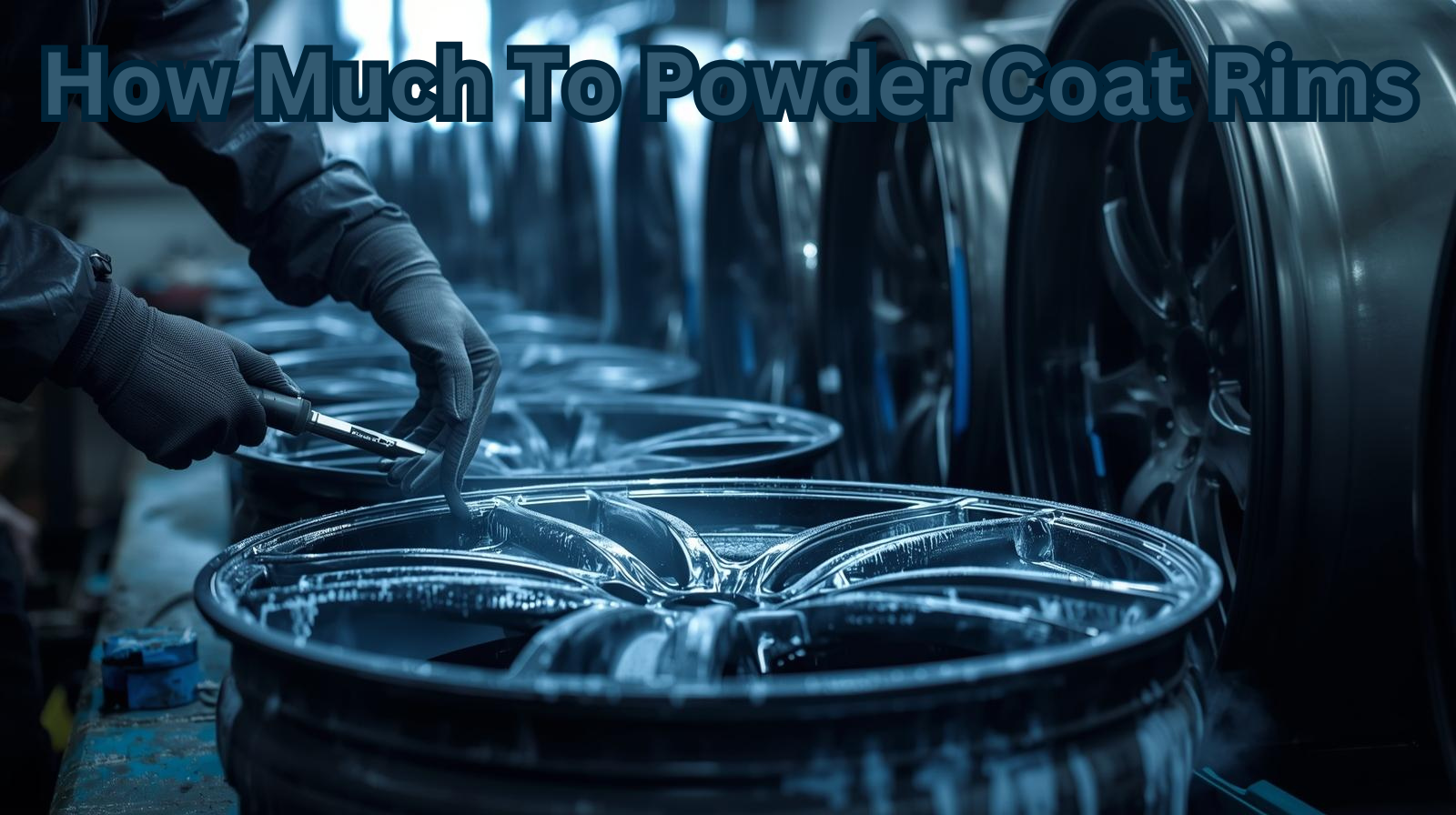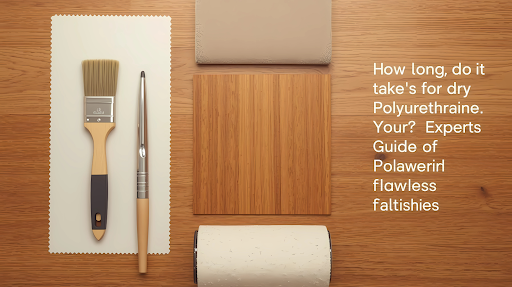How to Lower Alkalinity in a Hot Tub: Your Stress-Free Guide to Crystal Clear Water.
You sink into the warm, bubbling embrace of your hot tub, ready to melt the day’s stress away. But instead of crystal-clear serenity, you’re greeted by cloudy water and maybe even a slight itch on your skin. Your relaxation ritual is ruined. If this sounds familiar, the culprit is almost always an imbalance in your water chemistry, specifically high total alkalinity.
Understanding how to lower alkalinity in your hot tub is a fundamental skill for any spa owner. It’s the secret handshake to achieving that perfect, inviting soak. High alkalinity acts like a buffer, locking your pH level in place and making it incredibly stubborn to adjust. This leads to a cascade of problems, from scale buildup on your heater to ineffective sanitizer.
But don’t worry—correcting this isn’t as complex as it seems. This guide will walk you through, step by-step, exactly how to lower alkalinity in your hot tub safely and effectively, transforming you from a frustrated owner into a confident water-care expert.
Why Total Alkalinity is the Foundation of Hot Tub Chemistry
Before we dive into how to lower alkalinity in your hot tub, let’s quickly understand the why. Total Alkalinity (TA) is often called the “pH’s bodyguard.” It measures your water’s ability to resist changes in pH. Think of it as the shock absorber for your spa’s chemistry.
The ideal range for total alkalinity in a hot tub is 80-120 ppm (parts per million), with many experts suggesting a slightly lower range of 80-100 ppm for modern spas to prevent pH creep.
When your TA is too high (above 120 ppm), it creates a “pH lock,” where your pH level becomes difficult to lower. This high-pH, high-alkalinity environment is a breeding ground for issues:
- Scale Formation: Calcium in the water can precipitate out, forming a hard, crusty scale on your heater element, plumbing, and jet interiors. This reduces efficiency and can lead to costly repairs.
- Cloudy Water: The water loses its sparkle, becoming hazy and uninviting.
- Sanitizer Inefficiency: Chlorine or bromine become significantly less effective at killing bacteria and viruses, compromising water safety.
- Skin and Eye Irritation: High pH can cause red, itchy eyes and dry, irritated skin.
This is why learning how to lower alkalinity in a hot tub is your first line of defense against these common frustrations.
What You’ll Need to Lower Alkalinity in Your Hot Tub
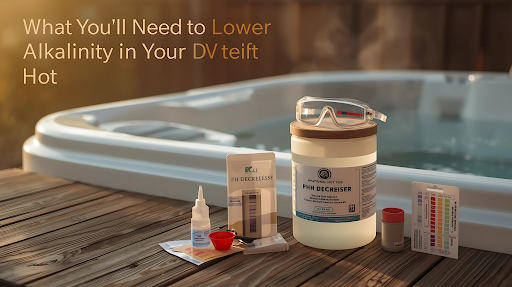
Gathering your tools beforehand makes the process smooth and simple. You won’t need much:
- A Reliable Test Kit or Test Strips: You can’t manage what you don’t measure. A digital test reader is highly accurate, but high-quality test strips work perfectly well for this task.
- Dry Acid (Sodium Bisulfate) or Muriatic Acid: This is your primary tool. Dry acid (often sold as “pH Decreaser” or “Alkalinity Decreaser”) is safer and easier for beginners. Muriatic acid is a powerful alternative but requires more careful handling.
- Protective Gear: Safety glasses and gloves are non-negotiable when handling chemicals.
- A 5-Gallon Bucket: For pre-diluting chemicals—a critical safety step.
Dry Acid vs. Muriatic Acid: A Quick Comparison
| Feature | Dry Acid (Sodium Bisulfate) | Muriatic Acid (Hydrochloric Acid) |
| Safety & Ease of Use | Beginner-friendly. Less corrosive, granular form. | Advanced users. Highly corrosive, strong fumes. |
| Effectiveness | Excellent for lowering alkalinity. | Very potent; can lower alkalinity and pH rapidly. |
| Cost | Slightly more expensive. | Generally less expensive. |
| Ventilation | Minimal fumes; can be used outdoors with care. | Requires excellent ventilation; best used outdoors. |
For most homeowners, dry acid is the recommended choice for learning how to lower alkalinity in a hot tub.
The Step-by-Step Guide: How to Lower Alkalinity in a Hot Tub
Follow these steps carefully for a safe and effective adjustment.
Step 1: Test Your Water Accurately
Start with a clean slate. Test your water to get baseline readings for both Total Alkalinity (TA) and pH. Ensure your test kit is not expired. Dip the strip or take a sample, and note the values down. This tells you how far out of range you are and helps you measure your progress—just like understanding Water Pipe How to Use requires knowing your setup before taking action..
Step 2: Calculate the Required Dosage
More is not better when it comes to acid. Check the manufacturer’s instructions on your dry acid container. They will provide a dosage chart indicating how much chemical is needed to lower the TA by 10 ppm for your specific tub’s water volume.
Always err on the side of caution when learning how to lower alkalinity in your hot tub. It’s much safer to under-dose and repeat the process than to over-correct and send your alkalinity crashing too low. Overcorrection can create a new set of chemical issues, which is exactly what people want to avoid when researching how to lower alkalinity in your hot tub the right way.
A key part of mastering how to lower alkalinity in your hot tub is using patience and precision instead of rushing the process. If you’re following a step-by-step method on how to lower alkalinity in your hot tub, slow adjustments give you more control and prevent pH fluctuations. Ultimately, understanding how to lower alkalinity in your hot tub is about balance—not speed.
Step 3: Pre-Dilute the Chemical in a Bucket
This is the most important safety step. Never add dry acid directly to your hot tub.
- Fill your 5-gallon bucket about three-quarters full with water from the hot tub.
- Add the pre-measured amount of dry acid to the bucket of water. Always add chemicals to water, never water to chemicals.
- Stir gently until the acid is fully dissolved.
Step 4: Add the Solution to the Hot Tub
With the hot tub’s pump running at high speed, slowly pour the diluted acid solution directly into the water, distributing it evenly across the surface. Keeping the pumps on ensures the chemical is rapidly circulated and mixed throughout the entire system, preventing localized high-acid concentrations that could damage surfaces. This circulation step is essential when learning How to Lower Alkalinity in Your Hot Tub safely and effectively.
Step 5: Circulate and Retest
Let the circulation pump run for at least 30 minutes. This gives the chemical ample time to react with the water. After 30 minutes, turn off the pumps and let the water settle for another 15–20 minutes. Then, test your Total Alkalinity again—just as you would double-check results when reading through Aqua Sculpt Reviews to verify effectiveness before making a decision.
Step 6: Repeat if Necessary
It’s unlikely you’ll hit the perfect range on the first try, and that’s okay! The key to knowing how to lower alkalinity in a hot tub is patience. If your TA is still above 120 ppm, simply repeat Steps 2 through 5. Make smaller adjustments each time as you get closer to your target.
The Domino Effect: What to Do After Lowering Alkalinity
Successfully lowering the alkalinity in your hot tub usually unlocks the pH level, which will likely now be low. This is a good sign—it means the “pH lock” has been broken!
- Re-test pH: Once your TA is in the ideal 80-100 ppm range, test your pH. It will probably need adjustment.
- Adjust pH Increaser: If your pH is now too low (below 7.2), you will need to add a pH Increaser (sodium carbonate), following a similar dilution and circulation process. Your pH will now respond much more predictably.
- Final Sanitizer Check: After both TA and pH are balanced, test and adjust your sanitizer (chlorine/bromine) levels. They will now be able to work effectively.
This sequential process—Alkalinity first, then pH, then sanitizer—is the golden rule of water balance.
Proactive Maintenance: How to Prevent High Alkalinity
Knowing how to lower alkalinity in a hot tub is essential, but preventing it from spiking in the first place is even better.
- Test Water Frequently: Make it a habit to test your water at least twice a week.
- Mind Your Fill Water: Test the alkalinity of the water you use to fill your tub. If it’s naturally high, you may need to lower the alkalinity immediately after refilling.
- Use Chemicals Wisely: Some shock treatments can raise pH and alkalinity. Be sure to use a dichlor-based shock that is pH-neutral.
- Read More Like This: How to Clean Night Guard
Your Questions, Answered
Can I use white vinegar to lower alkalinity in my hot tub?
While technically acidic, vinegar is not recommended. It introduces organic matter and nutrients into the water, which can promote bacterial growth and lead to water odor. Stick with chemicals designed for spa use.
How long does it take for alkalinity to work?
The chemical reaction is almost immediate, but you need to allow 30-45 minutes of circulation and settling time before you can get an accurate new reading.
What happens if I lower the alkalinity too much?
Low alkalinity (below 80 ppm) makes the pH very unstable and prone to rapid swings (“pH bounce”). This can lead to corrosive water that damages metal components in your heater and pump. If this happens, you’ll need to add an Alkalinity Increaser.
Take Control of Your Soak Today
Mastering your hot tub’s chemistry isn’t about complex science; it’s about understanding a few key relationships. By learning how to lower alkalinity in a hot tub, you’ve tackled the most critical step toward achieving perfectly balanced, crystal-clear water every single time.
No more guesswork, no more cloudy soaks. Just pure, reliable relaxation.
Your Questions, Answered
Can I use household white vinegar to lower alkalinity in my hot tub instead of a commercial chemical?
While technically acidic, we strongly advise against using white vinegar. It introduces organic matter (sugars, nutrients) into the water, which can promote bacterial growth and lead to unpleasant odors. More importantly, it’s not potent enough to be effective on a spa-sized scale. Always use chemicals like dry acid (sodium bisulfate) that are specifically formulated for hot tubs to ensure safety and effectiveness.
I’ve added the alkalinity decrease, but my levels haven’t changed. What am I doing wrong
This is a common point of confusion! First, make sure you allow for proper circulation (about 30 minutes) and settling time (15–20 minutes) before retesting. If you added the chemical while the pumps were off, it may not have mixed thoroughly. The most likely issue, though, is that you simply didn’t add enough. Because high alkalinity can “lock” the pH, it tends to be stubborn.
If you’re learning how to lower alkalinity in your hot tub, remember that patience and precision matter. The right approach is to repeat the process with small, measured doses until you see change. This step-by-step method is the safest and most accurate way to understand how to lower alkalinity in your hot tub without overshooting your goal.
After I successfully lowered the alkalinity, my pH dropped very low. Is this normal?
Yes, this is completely normal and actually a sign that you did it correctly! High alkalinity buffers and raises pH. When you lower the alkalinity, you remove that buffer, and the full effect of the acid you added is expressed on the pH scale. This is why we always balance in sequence: Alkalinity first, then pH. Simply test the pH and use a pH Increaser (sodium carbonate) to bring it back into the ideal 7.4-7.6 range.
How often will I need to lower the alkalinity in my hot tub?
There’s no fixed schedule, as it depends on your fill water and usage. If your tap water has high alkalinity, you’ll need to adjust it every time you refill your spa. Between refills, alkalinity tends to be more stable than pH or sanitizer levels. You should test it at least twice a week. You’ll know it’s time to lower it again when your pH starts to creep up and becomes difficult to adjust, or your test strip shows a reading consistently above 120 ppm.
What’s the difference between a pH Decreaser and an Alkalinity Decreaser? I see them sold separately.
This is an excellent question. While both are acidic, they are formulated for different jobs, though they can sometimes be the same chemical (e.g., sodium bisulfate).
- Alkalinity Decreaser is designed to primarily lower Total Alkalinity with a somewhat lesser immediate impact on pH. It’s what you use for the broad correction we’ve outlined in this guide.
- pH Decreaser is often a slightly different acid (like muriatic acid) or used in a different way to make fine-tuned adjustments to pH after alkalinity is already balanced.
The key takeaway: When learning how to lower alkalinity in a hot tub, start with a product labeled for alkalinity. For minor pH adjustments later, you can use a dedicated pH Decreaser. Always check the product’s active ingredient and instructions.




